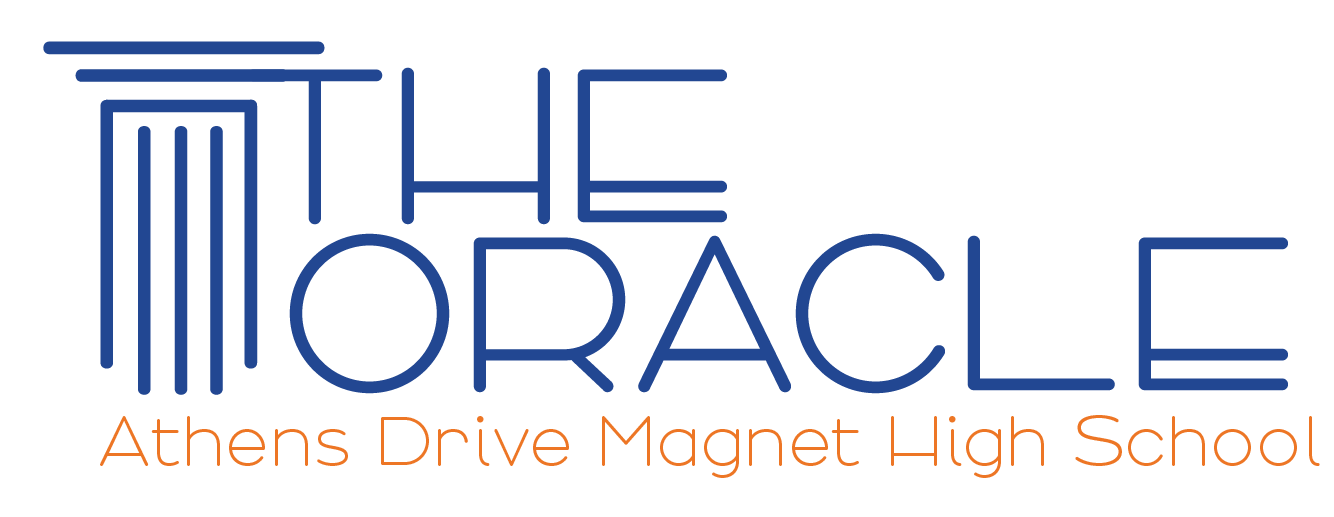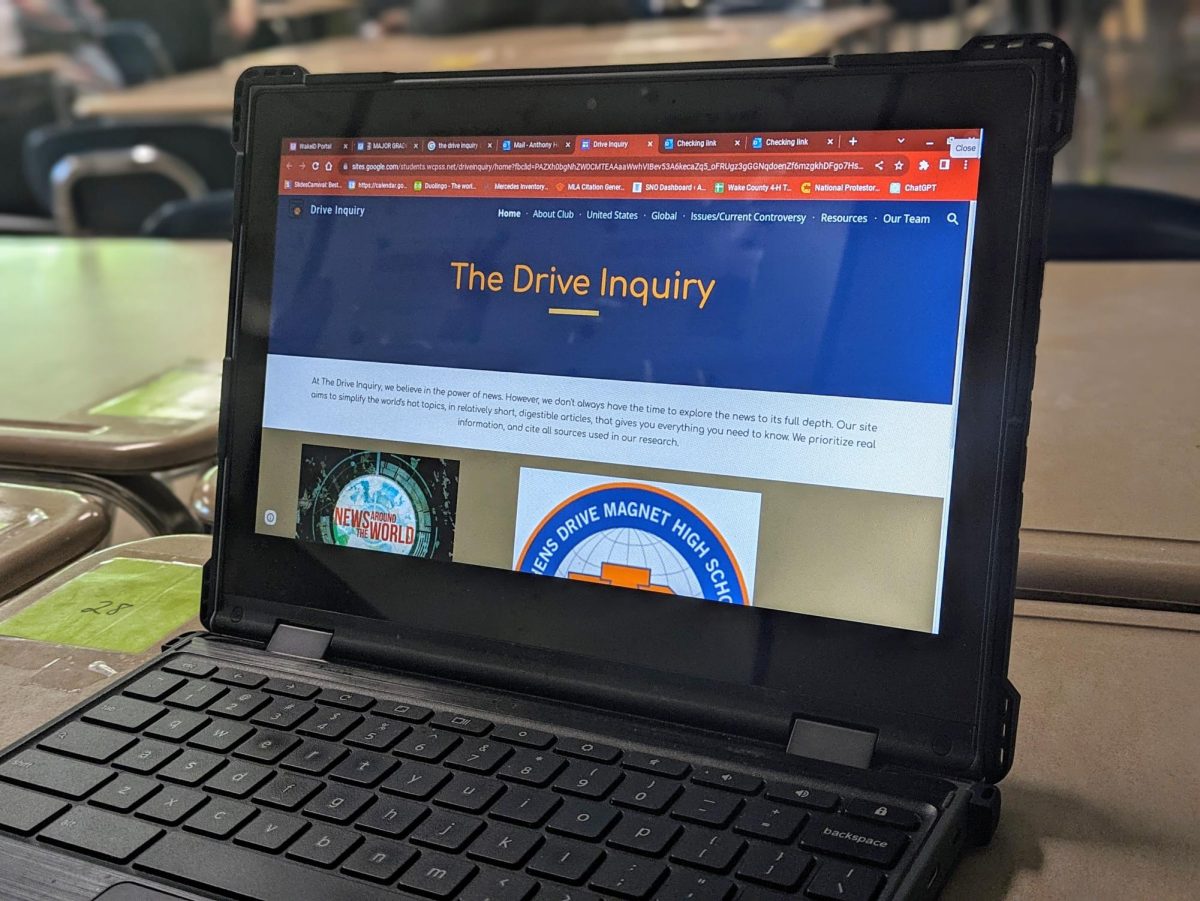The United States federal government temporarily shut down for over a month, and hundreds of thousands of government employees were not paid. The shutdown occurred Dec. 22 after President Donald Trump and congressional lawmakers failed to reach an agreement concerning the funding for parts of the government. At midnight Friday, Dec. 21, funding for roughly a quarter of the federal government ran out.
A government shutdown is a funding gap period that causes a full or partial shutdown of federal government operations and agencies. This shutdown has been the longest one on record in the United States, lasting 35 days with operations at nine departments affected.
“The government shutdown has affected me because my mom is a graphic designer for the government of North Carolina,” said Lizzie Edwards, sophomore.
President Trump demanded 5.7 billion dollars in federal funds to build a U.S.-Mexico border wall, which he promised during his 2016 presidential campaign. When Mexico’s president, Enrique Pena Nieto refused to fund the construction of the wall, the Trump administration signed Executive Order 13767 in Jan. 2017. This formally directed the U.S. government to build the wall using existing federal funding.

“I think the wall is completely unnecessary and inefficient because of the cost. […] I think, over time, we can reach a point of solidarity if we can reach a consensus,” said Edwards.
The Republican controlled Senate unanimously passed an appropriations bill that did not include funding for the border wall in Dec. 2018. Afterward, President Trump announced that he would not sign any funding bill that did not include money for the wall.
“I believe that we could possibly create stronger immigration laws and enforce more respect towards the border we have now,” said Edwards.
The President met with Speaker of the House Nancy Pelosi and Senate
Minority Leader Chuck Schumer Dec. 11 and asked them to support the appropriation of 5.7 billion dollars for border wall funding. After they rejected his proposal, Trump said, “I am proud to shut down the government for border security. […] I will be the one to shut it down. I am not going to blame you for it. […] I will take the mantle. I will be the one to shut it down.”
The government shutdown started Dec. 22, ultimately expiring the funding for multiple agencies, homeland security, law enforcement, tax collection and transportation. Approximately 800,000 federal workers were furloughed or required to work without pay. By Jan. 11, the shutdown had already cost the U.S. economy 3.6 billion dollars.
“It does affect others. For example, anyone that flies. Whether you are flying for business or personal reasons, you know that the airport’s [number of] TSA workers is
lower. [There is] less ability for [the federal government] to function at its maximum,” said Brian Harrington, Civics and Economics teacher at Athens Drive.
Both the Senate and the House of Representatives approved a measure to temporarily reopen the federal government. The shutdown later ended Jan. 25 when President Trump signed the continuing resolution that provided funding until Feb. 15. Federal employees returned back to work Monday, Jan. 28 after being furloughed for over a month.
A report released by the nonpartisan Congressional Budget Office showed that the government shutdown cost the U.S. economy 11 billion dollars, including three billion dollars that were completely lost during the period in which the federal government went unfunded.
“It ruins [America’s] economic image. It does produce an economically vulnerable situation and it detracts from [America’s] global image,” said Trena Kirby, AP Government teacher at Athens Drive.












